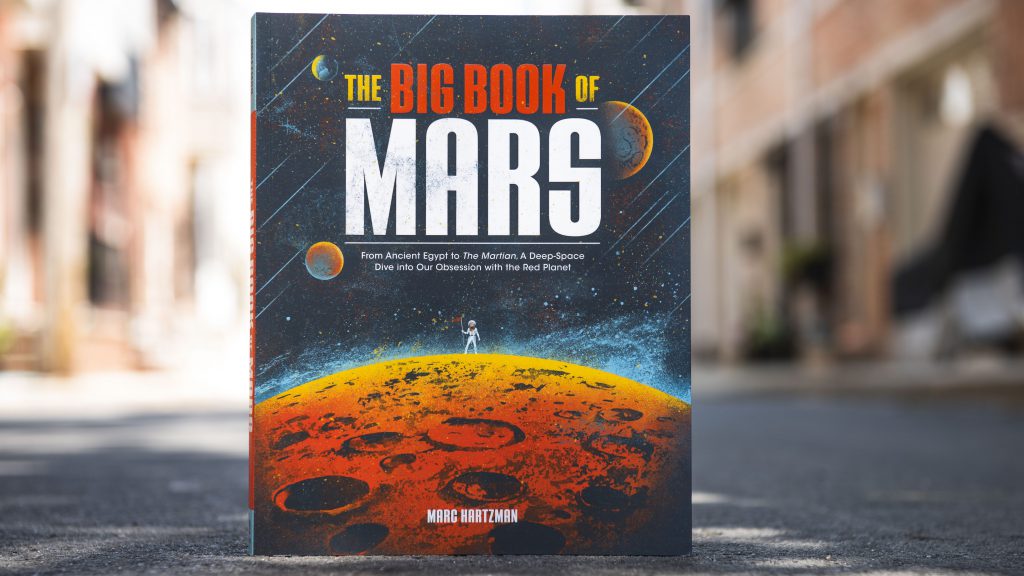Five Weather Words Weirder than “Derecho”
(Image via flickr)
If there’s any upside to the crazily severe thunder- and wind storms that have been terrorizing large parts of the U.S., it’s the addition of a new word to our collective vocabulary. If you’ve been living under a hailstone, the word is derecho, derived from the Spanish for “straight.” Derechos are, according to Wikipedia, “convection-induced and take on a bow echo (backward “C”) form of squall line, forming in an area of wind divergence in the upper levels of the troposphere, within a region of low-level warm air advection and rich low-level moisture.”
Yikes. You can see why they gave this meteorological mouthful a nickname. Still, weathermen countrywide are probably relishing the rare chance to trot out a term more colorful than “partly cloudy.” And, furthermore, why stop there? We should seize this opportunity to expand our storm-related wordbank. Here are 5 new words to learn, because hey, when it rains, it pours!
Zud, n. A really, really, really bad winter.
There’s a reason you never see Spring Break getaway packages to Mongolia: it’s not a country known for its mild clime. But don’t let that fool you into thinking it’s some kind of ski-resort diamond in the rough, either. Mongolia’s killer snowy winters, zuds, are about as fun and lively as they sound, with impassible snow cover so bad that livestock die en masse. Zuds come in all kinds of awful flavors, including black, white, cold, and iron, where the land is literally covered in ice. Eat your heart out, Westeros.
Haboob, n. An intense dust storm.
Quit laughing! Seriously! It’s a legitimate Arabic term for a hardcore blast of dust stirred up in an arid or desert region and only happens—by coincidence—to have the word boob in it. While haboobs can and do occur worldwide, North Americans tend to prefer the term dust storm or sand storm, which is a lost opportunity for lovely loanword if ever I’ve seen one (though I can’t imagine an awesome techno song called “Haboob”).
Kalla kadal, n. A type of coastal flooding.
Though it’s rare, certain beachside, monsoon-prone regions in the Pacific can be spontaneously flooded under cover of darkness, with waves rolling in like a thief in the night. That’s not just a clichéd metaphor, either; the term kalla kadal literally means “sea thief.” And this thief has an impressive reach: kalla kadal in pre-monsoon season South India occurs as a result of storms based all the way in Antarctica.
ARkStorm, n. A hypothetical superstorm.
Nope, not a video game. And I’m not trying to be edgy with rando capitalization, either. The term, coined by the US Geological Survey, refers to an “Atmospheric River (AR) 1000 (k)” storm—but don’t think they missed the boat on the Biblical allusion. ARkStorm is a potential megastorm that would wipe out huge swaths of California to an estimated $725 billion in damages. Before you freak out and invest in life boats, remember: “hypothetical.” “Scientifically realistic,” yes, but again: “hypothetical.”
Cryoseism, n. FROST QUAKEEEEEE!
For those of you not up on your Ancient Greek roots: put together “cryo” for cold things and “seism” for shaky things and boom (literally): frost quakes. Cryoseisms occur when frozen soil suddenly racks open under the pressure of water seeping in deeper and freezing (read: expanding) more. If that weren’t terrifying enough, most cryoseisms occur between midnight and dawn, meaning whoever’s unlucky enough to be nearby gets a wakeup call of the Earth actually splitting open at their feet. Personally, I’d rather sit through a haboob.

Blair Thornburgh
BLAIR THORNBURGH is a graduate of the University of Chicago, where she earned a B.A. in medieval studies and delivered a pretty good commencement speech. She lives in Philadelphia.


